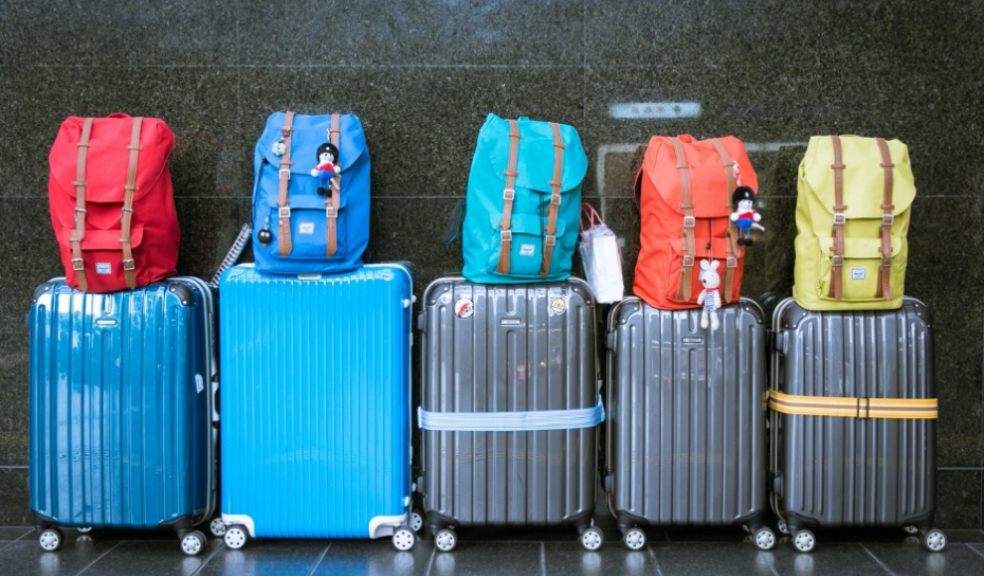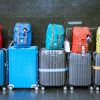
7 Factors to Consider Before Buying Travel Luggage
You’re planning a big vacation and can’t wait to get going — but is your luggage up to the task?
We depend on our travel luggage to keep our treasured belongings, souvenirs, and personal items safe while we travel, so if your luggage is damaged, run-down, or not the right size, it may be time to invest in new luggage.
Buying new luggage can be intimidating since there are so many brands, styles, sizes, and colors out there. However, once you narrow down what you want, it can be much easier to find the perfect suitcase.
To learn more, keep reading to find seven factors to consider before purchasing new travel luggage.
1. What Type of Travel Are You Doing?
When thinking about your travel needs, what kind of travel are you planning?
If you’re backpacking around Asia and packing for outdoor adventures, you want a bag you can carry on your bag, easily lift onto trains and buses, and can withstand the elements, you’ll probably want a large travel backpack.
However, if you’re buying for business travel or just a family vacation, you may want a wheeled, hardshell case that can easily be wheeled through the airport.
Some bags also have internal pockets and storage compartments, which can be useful if you need to separate items from one another. These may be useful for wet swimwear, dirty clothes, or toiletries.
Your travel style will dictate which type of luggage will work best for you.
2. What’s Your Travel Luggage Budget?
Travel luggage prices can vary wildly, but you often get what you pay for. Although you don’t need to pay a fortune for luggage, you do want to buy the best you can afford.
Travel, especially on airlines, often puts our luggage through a lot of rough and tumble—however, if an airline damages your bag, you do have rights as a consumer. More expensive luggage is usually made from premium materials and will last longer than the cheaper alternatives.
If you’re on a tight budget, you may be able to find second-hand luggage at thrift stores or online that may have a lot of life left in it.
3. Consider the Warranty Before Purchasing
Always check the fine print when it comes to both warranties and the return policy. A new set of luggage is an investment that should last for years to come, but what happens if your luggage is defective?
Zipper breaks, tears, or damaged retractable handles are common with luggage, so you’ll need to know how long your warranty will last and also what it covers. That way, you can avoid potentially expensive repair or replacement costs in the future.
Some premium luggage manufacturers offer a lifetime warranty on their products, fantastic for peace of mind.
4. What Security Features Do You Need?
Depending on where you’ll be traveling, you may need extra features in your luggage. This can stop thieves from breaking into your bag or destroying the lock, important for protecting valuable items.
You may want to look for luggage with a combination lock, hardshell cases which are harder to cut through, or knife-proof fabrics.
When buying luggage with locks, make sure they are TSA-approved. Otherwise, your lock may be cut so your bag can be searched for security purposes when flying within the US.
Many people prefer extra security features when traveling or when leaving bags at luggage storage facilities.
5. Think About Size and Weight
The size of suitcases will have an impact on both their weight and their storage. For example, if you live in a small apartment with limited storage, you may prefer a soft-sided bag that can collapse when being stored, rather than a hard-shell case.
The size of your luggage, as well as its material, can also impact the weight. If you purchase luggage that’s already heavy when it’s empty, keep in mind that this will make it even heavier when filled with clothes and souvenirs!
6. Will You Check Your Baggage or Take it Carry-On?
If you’re a frequent flyer, you’re aware that every airline has weight and size limitations for both carry-on and checked baggage.
You may want to think about whether you’ll use your new luggage mainly for carry-on or checked baggage. Then, take into consideration which airline you fly with most often and purchase bags that match their requirements.
Otherwise, if you try to bring a bag as carry-on and it’s too large, you could face hefty checked baggage fees at the airport.
A top tip— if you are frequently checking your bag, why not purchase luggage in a bright color or pattern? This will make it much easier to find on the baggage carousel.
7. The Right Materials Can Make All the Difference
Suitcases can come in a wide range of materials, all of which impact the cost.
Cases are often made of polycarbonate or aluminum, while soft cases may be made from a metal frame, covered with nylon, cloth, or leather.
There are pros and cons to each option—aluminum and polycarbonate are durable and long-lasting, but tend to be expensive. Leather may be extremely stylish but can scratch easily.
Nylon and vinyl may be a bit cheaper but may tear easier than hard-shell cases.
It can all seem overwhelming, especially if you’re new to buying luggage! However, the best course of action is to read reviews online, visit shops to get the true look and feel of a product, then decide which bag is best for you.
Travel the World with the Right Luggage
Are you ready to plan an epic adventure? If so, use the tips above to first find the right travel luggage for your needs.
If you find a suitcase that’s easy to carry, large enough for all of your belongings, and within budget, you can enjoy it for years to come. The right suitcase can make or break your trip, so get started today and find the right bag for you!
Did you find this article useful? If so, please browse some of our additional content to learn more.

















